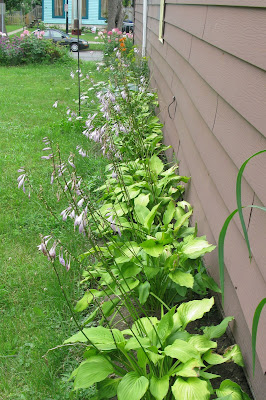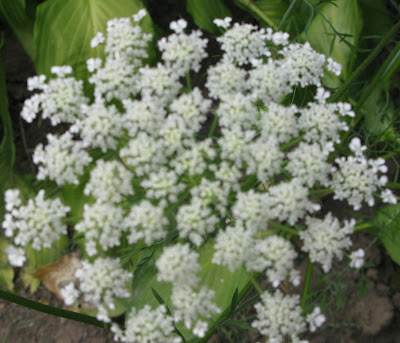
Tanacetum Vulgare - Tansy
The old herb garden Tansy, native to Europe and Asia, is widely naturalized across
North America. It loves the sun and grows freely. This perennial has aromatic foliage on 3 foot high stems and pleasant heads of golden, button-like flowers.
This plant is invasive and survives most trauma so when planting find a location
that you feel comfortable with it taking over and you will enjoy it's beauty.


Buddleia - Butterfly Bush
This perennial shrub originated in China and was introduced into Europe by French missionaries in 1864. Grows 12 to 15 feet high and has fragrant lilac to purple flowers.
As it's name indicates, butterflies are attracted to this bush and it brings many
unusual butterflies into your garden. Grows well in full sun and is very hardy in colder climates.


Echinacea Purpura - Purple Coneflower
This perennial plant is native to the grasslands of the east-central United States. It has stiff stems about 4 feet in height. In the summer, spherical black buds open and long purple-pink
petals unfold and hang. The great central disk is cone-shaped and orange-brown in color.
They love the sun and are hardy under snow to Zone 4.

Goldenrod - Solidago
This has been considered a weed but most gardeners love the golden blooms. They
have often been mistakenly blamed for causing hay fever but this is not true.
They usually just show up among the flowers and in the spring I weed out many
but always leave some in certain parts of the garden for a wonderful show of color.
They can be invasive but are easily weeded. They thrive in the sunshine and
are hardy to Zone 3.

Monarda and Queen Anne's Lace

Cosmos bipinnatus
Commonly called the garden cosmos or Mexican aster, is a medium sized flowering herbaceous plant sometimes grown in gardens. It can be found in the wild in much of North America where it is a garden escapee, sometimes becoming weedy.
This species is considered a half-hardy annual, although plants may re-appear via self-sowing for several years. The plant height varies from two to four feet. The cultivated varieties appear in shades of pink and purple as well as white.
Flowering is best in full sun, although partial shade is tolerated
The plant is tolerant to drought after germination, and is seldom subject to insect or disease damage. The flowers of Cosmos attract birds and butterflies, including the Monarch butterfly
This annual is easily planted by seed in early spring. Germination takes between 7 and 10 days at the optimal temperature of 75 degrees Fahrenheit (24 °C); flowering begins between 60 and 90 days after germination.
They provide a wonderful splash of color in the garden and are easy to care for.












































